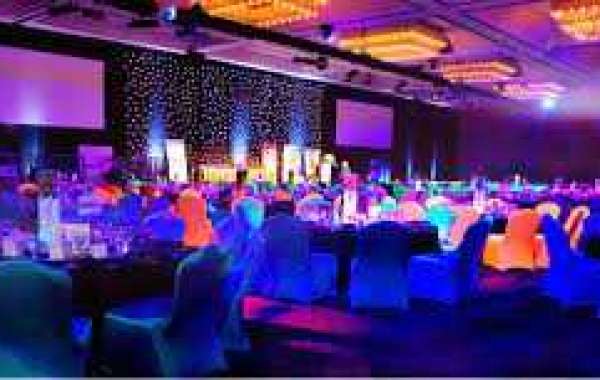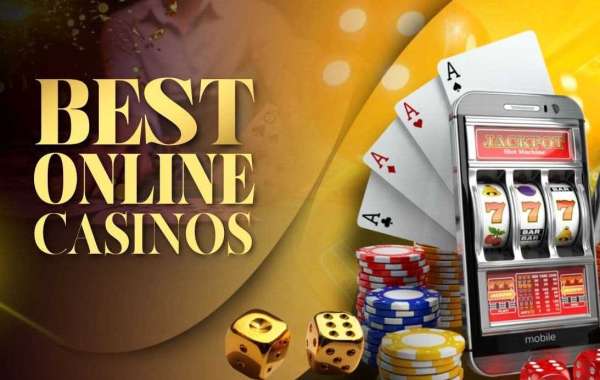A Guide to Measuring the Impact of Your Conference or Event
visit ICAN Malta for Your Conference or Event
The culmination of months of planning and preparation, your conference or event has finally come to life. But how do you determine if it was a resounding success? Measuring the impact of your gathering goes beyond mere attendance numbers; it delves into the depth of engagement, the fulfillment of objectives, and the lasting impressions left on participants. Let's delve into the key metrics and strategies that can help you gauge the success of your conference or event.
1. Define Clear Objectives:
Before measuring success, revisit the objectives you set for your conference or event. Were you aiming to educate, inspire, promote, or connect? These objectives serve as your guiding stars and provide the context for evaluating the outcomes.2. Attendance and Participation:
Attendance is a fundamental indicator of interest and reach. Compare the number of registered attendees to actual participants. Furthermore, analyze session attendance and participation rates to determine which topics or activities garnered the most engagement.
3. Participant Feedback:
The opinions and experiences of your attendees are invaluable. Distribute post-event surveys to collect feedback on aspects such as content quality, networking opportunities, logistics, and overall satisfaction. Use quantitative and qualitative responses to gain insights into what worked well and where improvements are needed.
4. Networking and Connections:
Successful conferences and events foster meaningful connections among participants. Measure the number of new connections made, collaborations initiated, and relationships formed during networking sessions. The quality and diversity of these connections indicate the event's efficacy in facilitating valuable relationships.
5. Social Media and Online Presence:
The digital footprint of your event can offer a wealth of insights. Monitor social media engagement, mentions, and hashtags to gauge the extent of online conversations surrounding your event. A robust online presence suggests that attendees found value in the event and are actively sharing their experiences.
6. Content Relevance and Impact:
Evaluate the impact of your event's content by assessing attendees' understanding of key concepts presented. Pre-event and post-event quizzes or surveys can help measure knowledge gained. A successful event should leave participants better informed and equipped with actionable insights.
7. Return on Investment (ROI):
For business-oriented events, ROI is a critical measure of success. Calculate the financial investment against tangible outcomes, which could include lead generation, partnerships established, or products sold. A positive ROI indicates that the event's benefits exceeded its costs.
8. Long-Term Effects:
True success extends beyond the event's immediate aftermath. Measure the long-term effects by tracking post-event activities, such as follow-up communications, collaborations, or actions taken by participants based on event insights. These sustained efforts reflect the event's lasting influence.
9. Speaker and Sponsor Satisfaction:
Engage speakers and sponsors to gauge their satisfaction. Post-event surveys can collect their feedback on their experiences and outcomes. Positive responses affirm that your event provided a platform for valuable contributions and opportunities.
10. Continuous Improvement:
The journey doesn't end with the event's conclusion. Analyze the collected data, feedback, and insights to identify areas for improvement. Use these lessons to refine your strategies for future conferences or events, ensuring that each iteration is more successful than the last.
In summary, measuring the success of your conference or event involves a comprehensive approach that combines both quantitative and qualitative measures. While attendance figures and financial metrics offer concrete insights, participant feedback, online engagement, and long-term effects provide a holistic view of impact. By harnessing these metrics and continually adapting based on the data, you can not only measure the success of your current event but also pave the way for even more impactful gatherings in the future.








